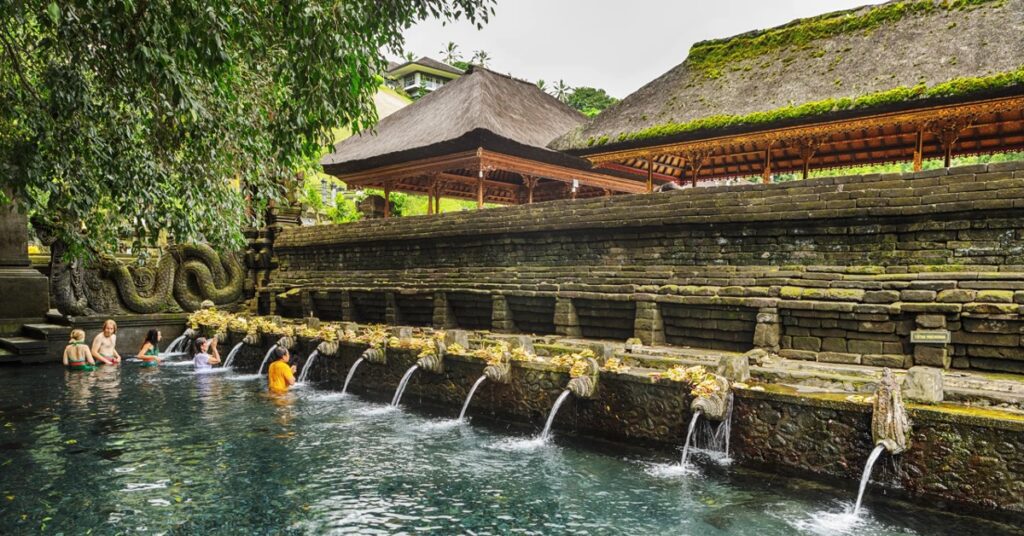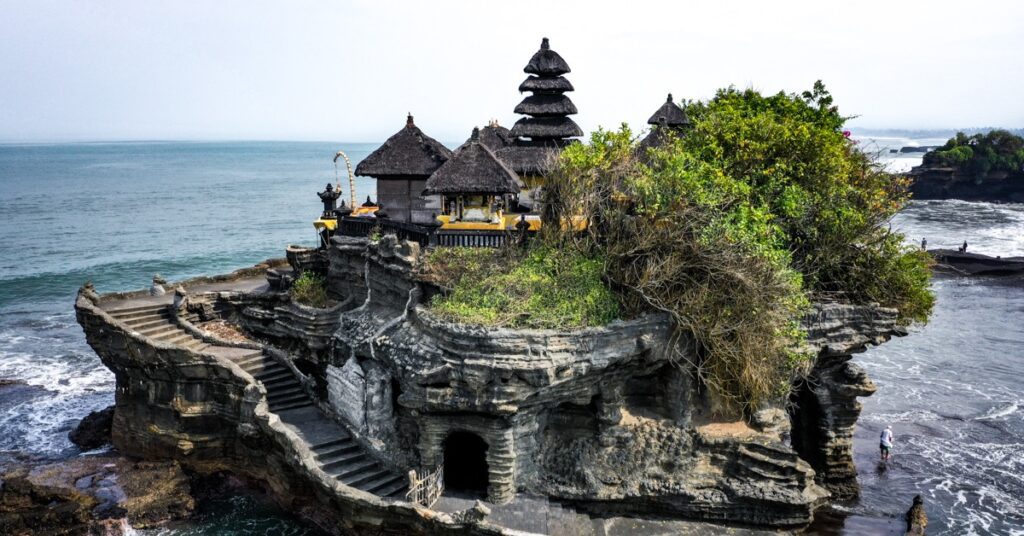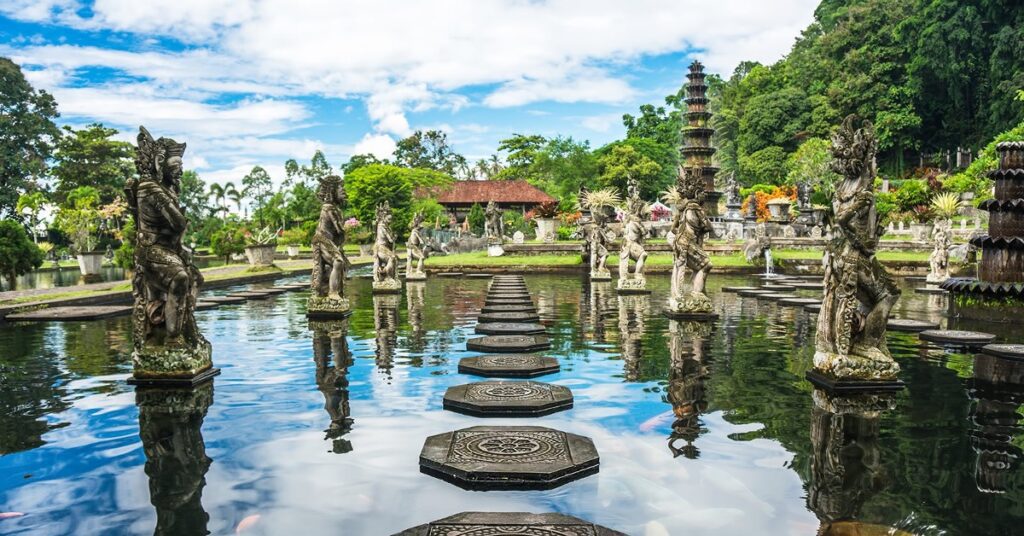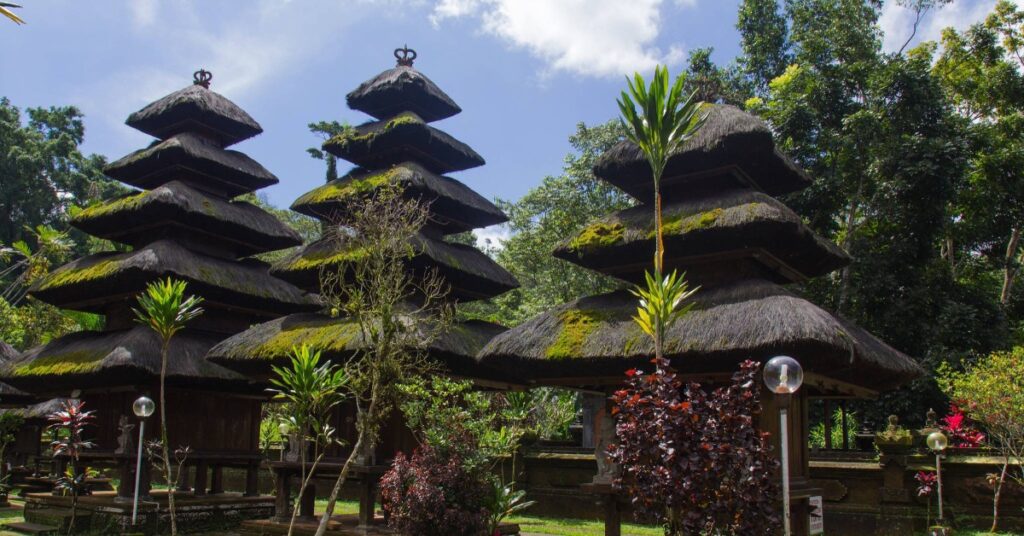Bali’s Goa Gajah Temple: A Step Back in Time
Goa Gajah, commonly known as the Elephant Cave Temple, is one of Bali’s most well-known and significant tourist sites. This ancient temple in Ubud is steeped in rich cultural and historical value, making it a must-see for any Bali visitor.
The Goa Gajah’s History
Goa Gajah Temple is one of Bali’s oldest temples, dating back to the 9th century. The temple was rediscovered in the 20th century and has subsequently been restored to its previous splendour. The name “Goa Gajah” is Sanskrit for “Elephant Cave,” and is considered to be derived from the sculptures of elephants at the cave’s entrance.
What to Do in Goa Gajah
The entrance to Goa Gajah, which is designed like an elephant’s mouth, is one of its most notable characteristics. The temple’s entry leads to a series of chambers and chambers filled with beautiful carvings and sculptures of Hindu gods and goddesses. Inside the temple grounds, there is also a bathing pool and a fountain.
The Importance of Goa Gajah
Goa Gajah is a Hindu temple and is regarded as one of Bali’s most important spiritual places. The temple is thought to have been utilized for meditation and spiritual pursuits, as well as a site of worship for the ancient Balinese. Today, the temple is a popular destination for visitors and residents alike, who come to pay homage to the gods and to experience the temple grounds’ tranquil and serene ambiance.
Going to Goa Gajah
Goa Gajah is open to the public every day and admission is free. Before entering the temple, visitors are advised to dress modestly and remove their shoes. There are also various guides available to provide tourists with information about the temple’s history and significance.
Summary
A visit to the Goa Gajah Temple is a must if you want to learn about Bali’s rich cultural and historical legacy. This historic temple is likely to leave a lasting impact on any traveler with its unusual architecture, stunning sculptures, and spiritual significance.
Location
Tirta Empul Temple
Ulun Danu Beratan Temple
Tanah Lot Temple
Tirta Gangga Water Palace
Pura Luhur Batukau Temple
Besakih Temple
A seasoned traveller and Bali enthusiast with a wealth of experience and knowledge about the island. With a passion for exploring and discovering Bali’s hidden gems, Ben has a keen eye for details and a deep understanding of Bali’s culture, history, and unique features. With years of travel experience under his belt, he has explored almost every corner of the island and can provide invaluable insights and recommendations to make your trip unforgettable. From the best beaches to the tastiest local cuisine,he’s has got you covered.







